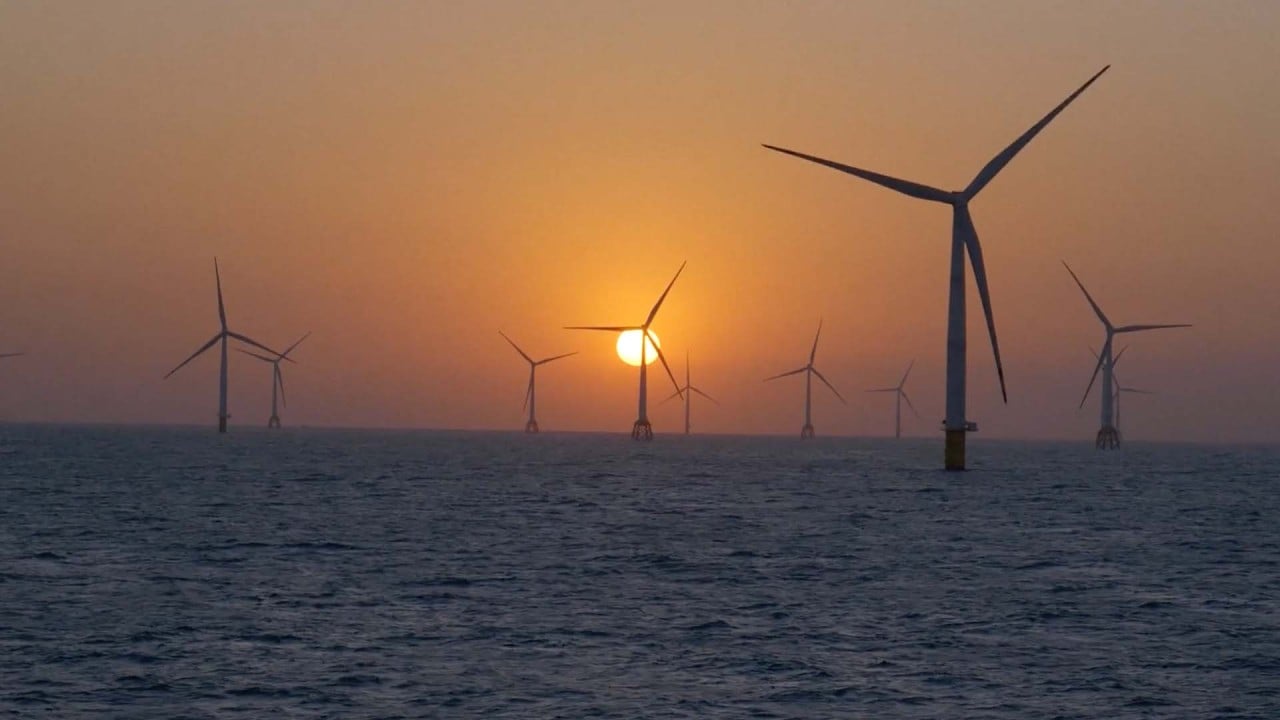
COP27: global climate change progress too slow to stop disastrous temperature rise
- While some countries have made aggressive climate change pledges and taken action to live up to them, others are lagging behind or even going backwards
- Climate finance, adaptation strategies, mitigation and compensation are all likely to be on the table at the UN climate change conference in Egypt
With the latest UN climate summit fast approaching, climate goals of different countries take centre stage. Many countries have made aggressive climate goals, but how far have these nations progressed in terms of action? Are they in line to achieve their goals?
Seeing these images alongside the data was scary. After the 2015 Paris climate agreement, China set up aggressive targets and has shown rapid growth in clean energy technology in the last 10 years. It has put itself on top as the global marketer for clean alternatives.
For China, this isn’t a debate about science; China accepts the science behind reducing emissions and phasing out coal. Hence its aggressive plans to decarbonise and meet its climate goals, and it’s showing the world its commitment by being the major producer, consumer and investor of renewables and electric vehicles.
Climate change sets back global power sector’s decarbonisation efforts
Under Trump, the US rolled back or stopped many climate policies started by his predecessor Barack Obama. The country’s nationally determined contribution under the Paris agreement is a 50 to 52 per cent decrease in emissions from 2005 levels by 2030, which seems difficult given the current political and economic climate in the US. Recent analysis by the Rhodium Group estimates US emissions will only fall 17 to 25 per cent by 2030.
This means the US would be well short of achieving its climate goals and need years for it to achieve actual change. It would take a mix of new federal rules and infrastructure investment to clean up power plants, factories, residences and cars to achieve its targets.
The upcoming climate summit in Sharm el-Sheikh, Egypt, promises important discussions, decisions and collaboration. Climate adaptation will be the main topic of discussion.
COP27: Rich nations must pay for climate damage in poor states
According to a World Meteorological Organization report, global greenhouse gases have reached record levels. Carbon dioxide emissions have risen 149 per cent from pre-industrial levels, with methane emissions up 262 per cent and nitrous oxide up 124 per cent. The warming effect on our climate – known as radiative forcing – from greenhouse gases that stay in the atmosphere rose nearly 50 per cent between 1990 and 2021, driven largely by rises in carbon dioxide emissions.
As things stand, the world seems to be on track for 2.5 degrees of warming even if many countries achieve their climate goals. While the pace of investing in renewable energy and adaptation measures and the push for more climate financing increases, it is imperative that every country acts now and pushes to reduce greenhouse gas emissions.
Kavitha Yarlagadda is an independent writer based in Hyderabad, India



